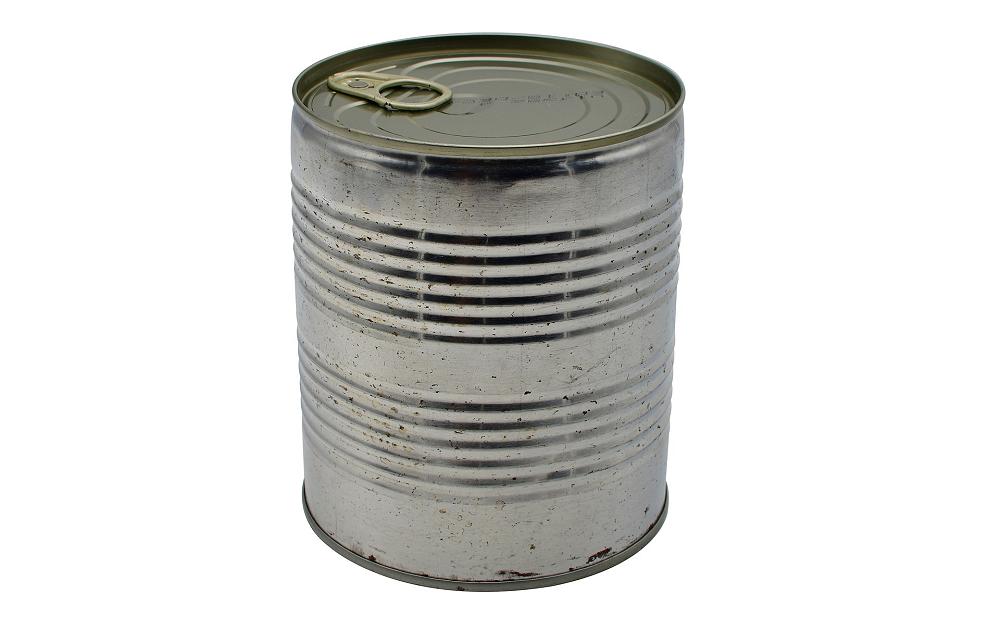When considering your canine companion’s diet, it’s crucial to scrutinize the choices that are both nutritious and safe. One such consideration is the popular topic of whether dogs can indulge in pork shoulder bones. This discussion often teeters on the edge of culinary delight and potential peril, leading many pet owners to question what is safe for their furry friends. Here, we delve into the intricate nuances surrounding pork shoulder bones and their suitability for dogs, enriched by insights from veterinary professionals.
The Anatomy of Pork Shoulder Bones
Pork shoulder bones, also known as “pork butt bones,” are larger, robust bones with a significant amount of meat and connective tissue attached. This cut, often favored in cooking for its rich flavor, can provide an enjoyable gnawing experience for dogs. However, the structure of these bones becomes a critical factor in assessing their safety. Unlike large weight-bearing bones, shoulder bones are less dense and can pose different risks and benefits.
The Appeal of Pork Bones
Dogs are naturally drawn to bones. They engage their chewing instincts, allowing for satisfaction and entertainment. The flavor derived from pork shoulder can act as an enticing treat, encouraging interaction and enjoyment. This is not just a simple pleasure; chewing can help maintain dental health by reducing plaque and tartar buildup. The connective tissues and enzymes present in the meat can aid in joint health, creating a multi-faceted benefit for your pet.
Potential Risks of Pork Shoulder Bones
Despite the allure of pork shoulder bones, several risks accompany their consumption. One of the predominant concerns is splintering. While cooked pork bones pose a heightened risk for splintering into sharp shards, raw bones can still fracture unpredictably. These jagged edges can lead to severe internal injuries if ingested, including lacerations, punctures, or blockages in the digestive tract.
Another risk worth mentioning is the potential for bacterial contamination. Pork can harbor harmful bacteria such as Salmonella or E. coli, which can be transmitted to the dog and even to humans. Ingestion of raw pork meat, coupled with the bone, could expose your pet to these pathogens, emphasizing the need for careful handling and consideration.
What Do Vets Recommend?
Veterinarians often emphasize that while some bones can be safe for dogs, the specifics are paramount. Many suggest avoiding cooked bones altogether due to the dangers they present. When it comes to raw bones, it’s essential to choose appropriately sized options that correspond with your dog’s size and chewing habits. Small pieces may become choking hazards, while large ones could result in dental damage.
Vets typically recommend sticking to raw, meaty bones that can be consumed comfortably. If opting for pork shoulder bones, it is prudent to supervise your dog during the chewing session. This monitoring allows immediate intervention in case of any concerning behavior, such as excessive chewing or difficulty swallowing.
Best Practices for Bone Treatment
If you decide to introduce pork shoulder bones or any other bones into your dog’s diet, there are several best practices to follow. First, always consult your veterinarian before introducing new foods. They can offer tailored advice based on your dog’s health, size, and dietary needs. Second, ensure the bones you select are unseasoned and devoid of any marinade or flavoring, as many human seasonings can be toxic to dogs.
When you offer bones, monitor the duration of their chewing. Allow your dog a reasonable time, typically 15 to 20 minutes, to enjoy their bone without overexerting their jaw or teeth. Additionally, store uneaten portions safely to prevent bacterial growth, discarding any that exhibit signs of spoilage.
Alternatives to Pork Shoulder Bones
For dog owners concerned about the risks associated with pork shoulder bones, several alternative options are available. Raw meaty bones like chicken necks or turkey wings can be safer choices. They are softer, less prone to splintering, and still fulfill your dog’s chewing desires. Commercially available dental chews or toys are also viable alternatives to provide similar benefits without the inherent risks of bones.
Furthermore, desensitizing your dog to a variety of chew-friendly items can support their overall wellness. This can include rubber toys designed for chewing or even safe natural treats that provide enrichment and satisfaction. Broadening the range of options ensures that dogs remain mentally stimulated while minimizing potential hazards from bone consumption.
Conclusion: The Bottom Line
Deciding whether dogs can have pork shoulder bones is not a straightforward yes or no. It requires careful consideration, a keen understanding of your pet’s specific needs, and the guidance of veterinary professionals. While the allure of sharing a savory treat can be tempting, weighing the risks against the benefits is essential in ensuring your dog’s health and happiness. Through informed choices, you can ensure that any indulgence is not only enjoyable but safe for your beloved companion.

